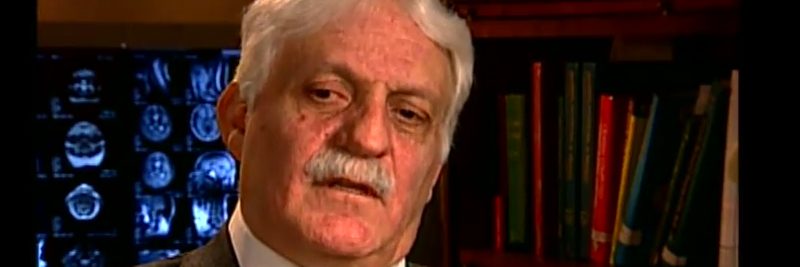Magnetic Resonance Imaging, or an MRI, is a medical device that is used to see layer by layer images of the human body in order to make an accurate diagnosis of a disease, injury, or other health concern. It was invented by Raymond Vahan Damadian, who was born in 1936 and lived in the Armenian section of New York. He studied mathematics and medicine, but also studied the violin at Juilliard for 8 years.
Outside of his invention of the MRI machine, here is a look at his life work up to this point as well:
1. A Life of Service
Any mentioning of Damadian has to include his faith. The first thing that Damadian will tell anyone about his work is that his greatest discoveries are related to a life of service. His desire was to serve the will of God, as he told one interview, but his views of faith are a bit controversial. He accepts a literal view of the Genesis account and that the world is only a few thousand years old at best. Damadian even blames the downfall of society on a rejection of this core principle.
2. A Better Pacemaker
The one problem with the MRI system of scanning is that it requires large magnetic fields in order for it to work. This magnetism makes it difficult for certain people to have this procedure done. Anyone with metal objects in the body, metal shavings from grinding that are in the eye, and other metal components like a pacemaker make it nearly impossible to have a diagnosis. To help solve some of these problems, Damadian worked to create a better pacemaker that wouldn’t be susceptible to the magnetic fields as badly.
3. Better Magnets
In order for the MRI to work successfully, Damadian needed to develop a better magnetic system to help with the diagnosis process. If you had an MRI in one of the first systems and then have had a recent one, you’ll have used this invention. The magnets allow for the patient to enter into the imaging chamber more effectively and be positioned better so that a more accurate diagnosis can be achieved.
4. Nuclear MRI
The old MRI systems that Damadian initially invented would only scan in one direction. This meant that a diagnosis would require a long time to obtain and the person being scanned would have to stay completely still for sometimes 45 minutes or more during a session. The Nuclear MRI process allowed for variable fields that would have a pair of opposed pole surfaces that would allow for more efficient scanning and greater detail in the pictures that were developed.
5. Making MRI Mobile
The first MRI machines were huge monstrosities that couldn’t fit into a hospital unless it was constructed on site. As improvements were made, the MRI could be broken down to become more mobile and fit into the trailer of an 18 wheeler. Damadian helped to develop a fully mobile MRI system that was incorporated into a ground vehicle so that it could be easily transported from site to site.
Strong proponent of individual liberty and free speech. My goal is to present information that expands our awareness of crucial issues and exposes the manufactured illusion of freedom that we are sold in America. Question everything because nothing is what it seems.




















